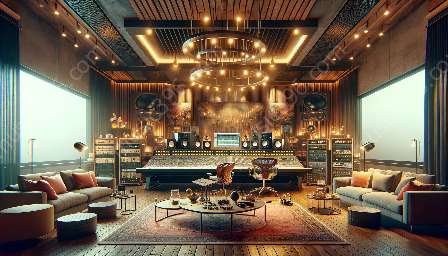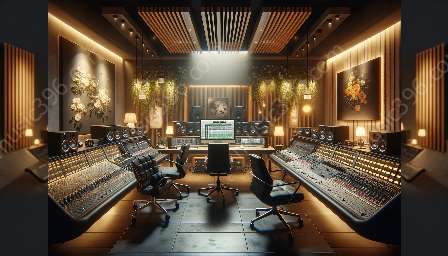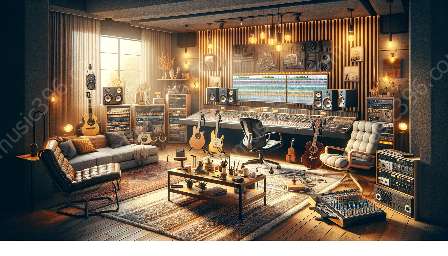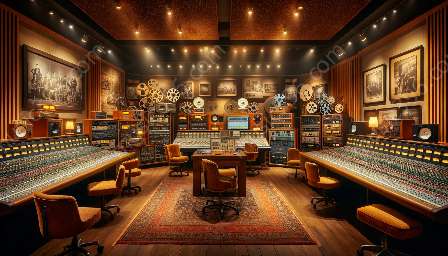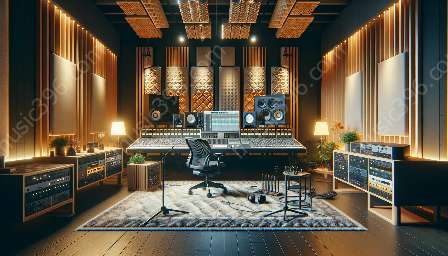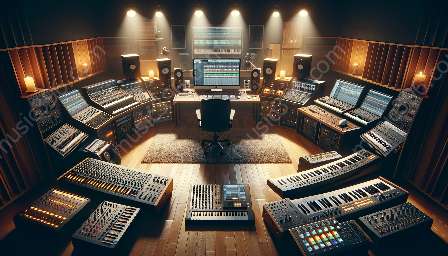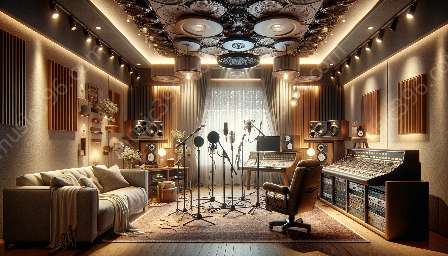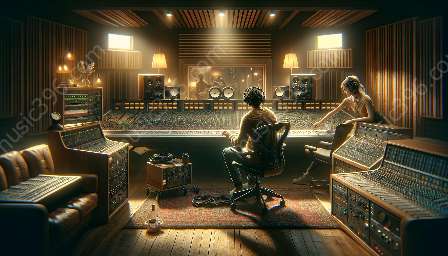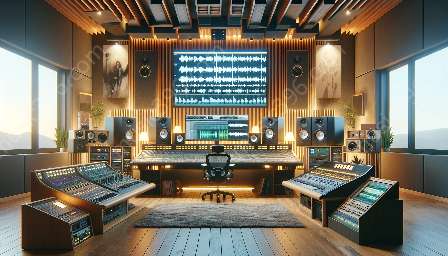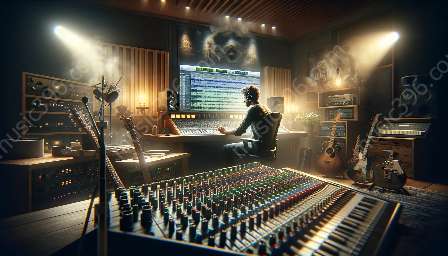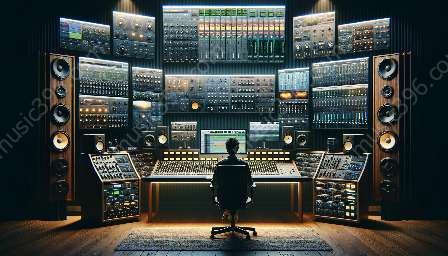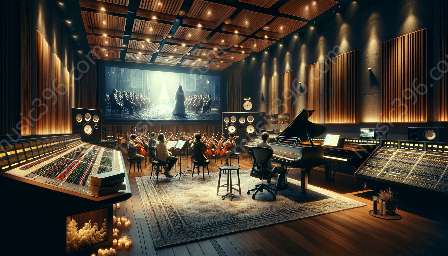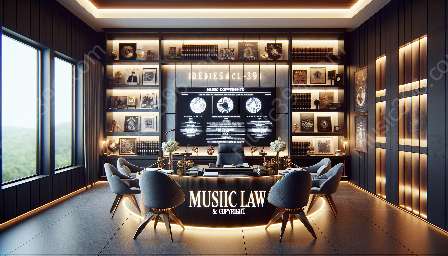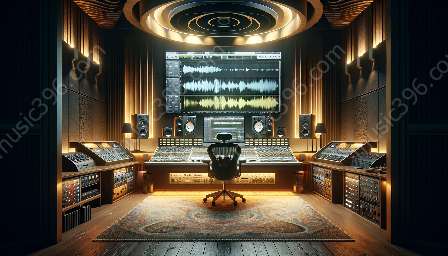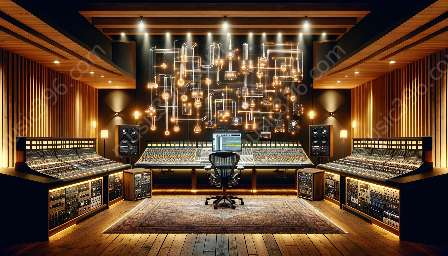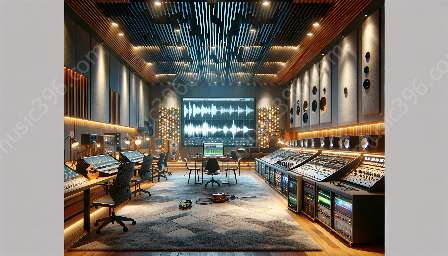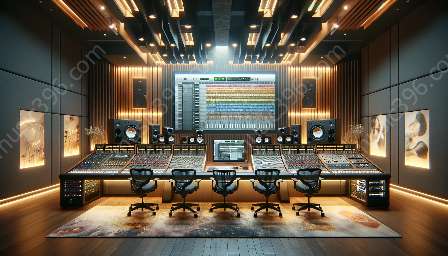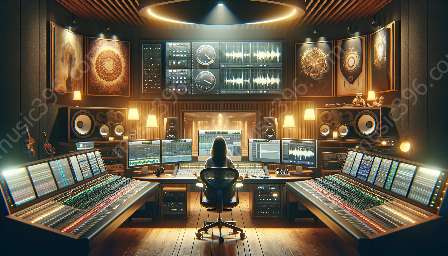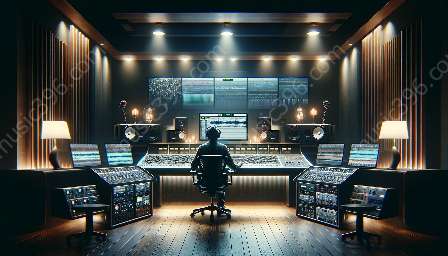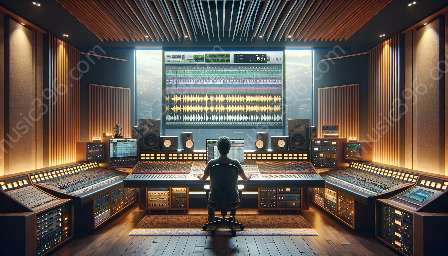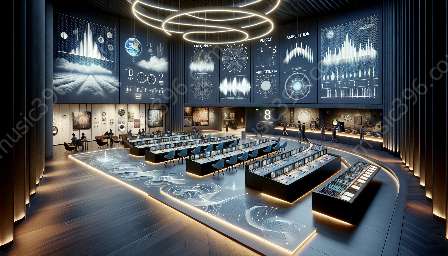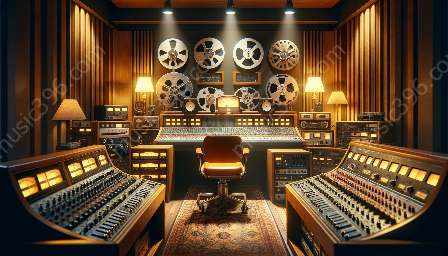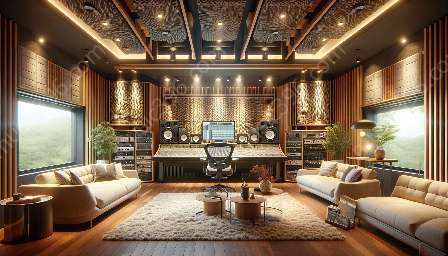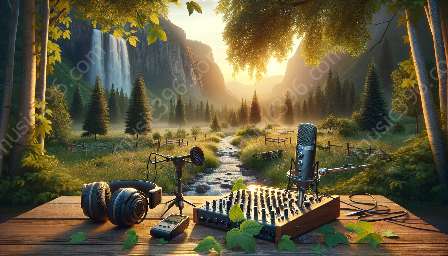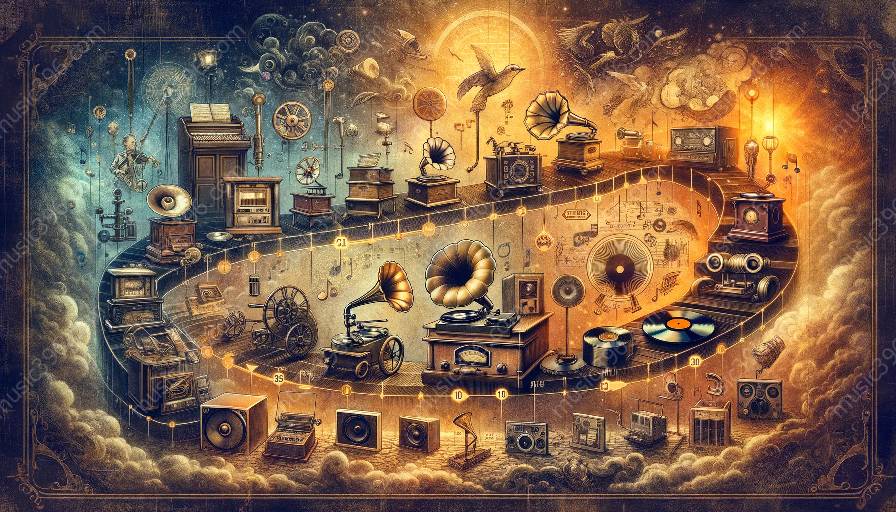Music recording has greatly evolved with the introduction of virtual and augmented reality technologies. These advancements have revolutionized the way music is produced, recorded, and consumed. To understand their impact, it's essential to explore the history and evolution of music recording technology and its influence on the music industry.
History and Evolution of Music Recording Technology
The history of music recording dates back to the late 19th century with the invention of the phonograph by Thomas Edison. This monumental invention laid the foundation for the development of music recording technology. Over the years, various recording devices such as the reel-to-reel tape recorder, vinyl records, cassette tapes, and compact discs have shaped the way music is captured and preserved.
The digital revolution in the late 20th century brought about significant changes in music recording. The shift from analog to digital recording technology opened up new possibilities for musicians and producers. Digital audio workstations (DAWs) and software instruments enabled artists to create music in a virtual environment, allowing for greater flexibility and creativity in the recording process.
The Influence of Music Recording on the Music Industry
Music recording technology has had a profound impact on the music industry, transforming the way music is produced, distributed, and consumed. The rise of digital streaming platforms and online music stores has revolutionized the distribution of music, making it more accessible to a global audience.
Furthermore, advancements in recording technology have empowered independent artists to create professional-quality recordings without the need for expensive studio equipment. This democratization of music production has led to a surge in diverse and innovative music content, allowing artists to connect directly with their fan base.
The Impact of Virtual and Augmented Reality on Music Recording
Virtual and augmented reality technologies have introduced a new dimension to music recording, offering immersive experiences for both artists and listeners. Virtual reality (VR) enables musicians to create and perform in virtual environments, breaking free from the constraints of physical recording spaces. This allows for unique and captivating live performances that transcend traditional concert settings.
Augmented reality (AR) has also revolutionized the way listeners engage with music. AR applications allow users to interact with music in innovative ways, such as exploring interactive album artwork or experiencing live concert simulations from the comfort of their own homes. These immersive experiences enhance the overall music listening experience, creating deeper connections between artists and their audience.
The Future of Music Recording Technology
As virtual and augmented reality continue to evolve, the future of music recording technology holds endless possibilities. The integration of these technologies with AI and machine learning could revolutionize the way music is created and experienced. From immersive virtual studio environments to interactive AR-enhanced music videos, the boundaries of music recording are constantly being pushed.
Overall, the impact of virtual and augmented reality on music recording is undeniable. These technologies have not only expanded the creative potential of music production but have also redefined the way music is consumed and experienced. As the music industry continues to embrace these advancements, we can expect to see a new era of innovation and artistic exploration in the realm of music recording.

